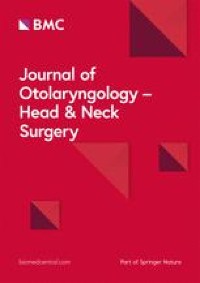Abstract
Mutations in the human FAM111B gene are associated with a rare, hereditary multi-systemic fibrosing disease, POIKTMP. To date, there are ten POIKTMP-associated FAM111B gene mutations reported in thirty-six patients from five families globally.
To investigate the clinical significance of these mutations, we summarized individual cases by clinical features and position of the reported FAM111B gene mutations as those within and outside the putative protease domain (MWPPD and MOPPD, respectively).
MWPPD cases had more clinical manifestations than MOPPD (25 versus 18). Although the most common clinical features of poikiloderma, alopecia, and hypohidrosis overall occurred in 94%, 86%, and 75% of all cases with no significant differences between the MOPPD and MWPPD group, less common features included life-threatening (pulmonary fibrosis 47 % vs. 13 %; liver abnormalities specifically cirrhosis 26 % vs. 7 %) and physically disabling conditions (myopathy 53% vs. 20%; tendon contracture 55% vs. 7%) were more common in MWPPD cases. Similarly, the only 2 cases of POIKTMP with fatal pancreatic cancers were both only in the MWPPD group.
This review thus suggests that mutations within the putative protease domain of the FAM111B protein are associated with a broader range of clinical features and may predict increased POIKTMP severity and a poorer prognosis.




